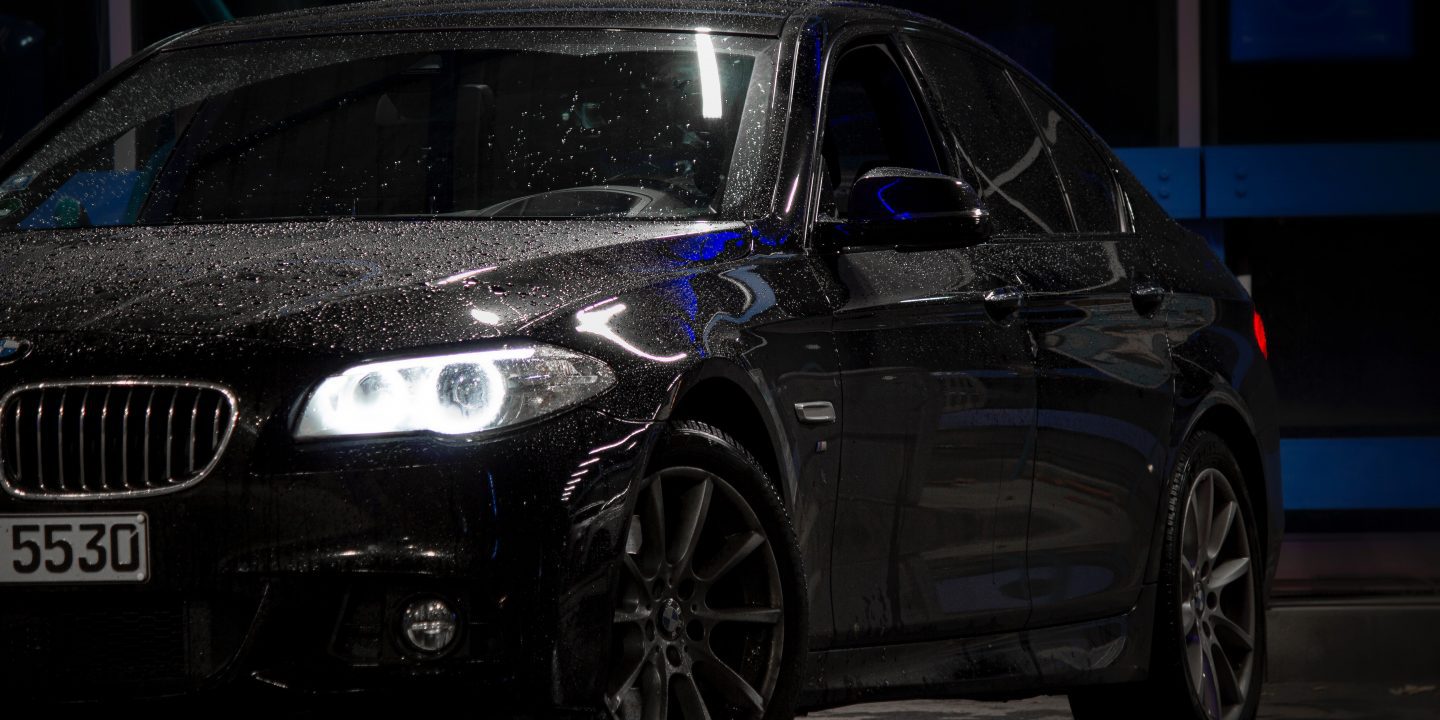

Wrapping your car has its perks, but there are also a few cons to consider. In this blog article, we look at the pros and cons to wrapping your car.
Pros of Wrapping Your Car
There are many pros to wrapping your car for the winter. Here are a few:
1) It will keep your car protected from the elements.
2) It will protect your paint from being scratched.
3) It will keep the snow and ice off of your car.
4) It will make it easier to clean your car when it is dirty.
5) It will keep your car warm in the winter.
6) It is a practical way to protect your car from theft.
7) It is a practical way to protect your car from damage.
8) It will keep your car looking great for years to come!
9) It will reduce the chance of rusting and corrosion
10) It maintains a sleek appearance for years to come.
11) It can be very cost effective
12) If you encounter black ice, wrap your car and it will keep it from getting damaged.
13) It protects trimmers and other bushes from rusting.
14) It will not scratch as much as a spray wax.
15) It makes detailing your car easy!
16) It protects the paint from oxidation, corrosion, salt, road grime, oil, dirt and more.
17) It is a great way to protect your car from everyday wear and tear.
18) It will reduce the chance of paint swirls and scratches.
19) It is an easy way to get out dirt, dust, pollen and more!
20) It will prevent paint from chipping and peeling.
Cons of Wrapping Your Car
Wrapping a car can be a great way to keep it clean and protected from the elements, but there are some cons to consider before you take the plunge.
1. It can be expensive. Depending on the type of wrap and how much material you use, wrapping your car can cost anywhere from $50 to $200.
2. It can be time-consuming. Wrapping a car by yourself can take up to two hours, depending on the size and complexity of the vehicle.
3. It can damage your car. Wrapping your car incorrectly or without proper materials can result in scratches or other damage to the paint finish.
4. It can make your car less drivable. Wearing a heavy coat of wrap around the trunk and doors can make it difficult to open them, and it can also impact your gas mileage.
5. It may not protect your car from weather conditions. Although wrap may help protect your car from rain, snow, sun, or ice, it won’t do anything to prevent damage caused by wind or ice melt.
6. It may not last as long as you expect. Unless it’s professionally applied and installed, the wrap is likely to fall off after a few weeks or months of regular driving and exposure to the elements.
7. It may not be effective when installed properly. Body wrap is usually applied to the entire body, but it will only provide protection if it’s secured correctly and is scraped in strategically. If you don’t wrap the entire vehicle, you run the risk of your wrap detaching after a few weeks or months of driving and exposure to elements, which won’t do much to prevent rock chips or paint damage.
8. It may not protect your car from high-speed collisions Although most wrap manufacturers claim that their product can withstand collisions up to 150mph, the claims are rarely adhered to by customers. It’s not uncommon for body wrap users to file damage claims against the manufacturers of their wraps after a car accident with no other damage. The main purpose of wrapping your car is to protect it from rocks and other debris flying off the road during high-speed collisions, but these types of accidents occur infrequently. Most wrap users have little experience in driving at high speeds, which makes them less likely to have their car damaged even in a high-speed collision. If you’re going to wrap your car, it’s best to choose a product that is specifically designed for protection against collisions.
Tips For Wrapping Your Car
Wrapping a car can seem intimidating, but with the right tools and techniques, it’s a simple process that can protect your vehicle from the weather and make it look great. Here are some tips for wrapping your car:
-Start by measuring the length of the car and adding an extra foot or two for seam allowances. This will give you a total wrap length of around 6-8 feet.
-Use strong tape to make the first few wraps, then switch to thinner tape as needed. Make sure the wrap is tight but not too tight, or you could damage your car’s paint.
-To keep the wrap looking fresh, occasionally remove the tape and clean it off with a hose or sponge.
-If you have access to a car lift or jacks, use them to help to secure the wrap while you’re painting. This will prevent it from becoming unwrapped during transport. Wrap the body in sections. Getting the paint onto the vehicle can be time-consuming and messy, so it’s always a good idea to wrap your car in sections if you have the space. For example, if you wanted to paint a short front bumper, start by wrapping half of it. Then make another half on top of that section. Continue until you’ve covered your entire bumper area. If you don’t have access to a lift or jacks, use body panels, then a drop cloth or tarp to protect your interior and bed. Once you’ve wrapped your car with the first coat of paint, don’t wait too long to cover it again. Wait six hours before attempting a second coat.




